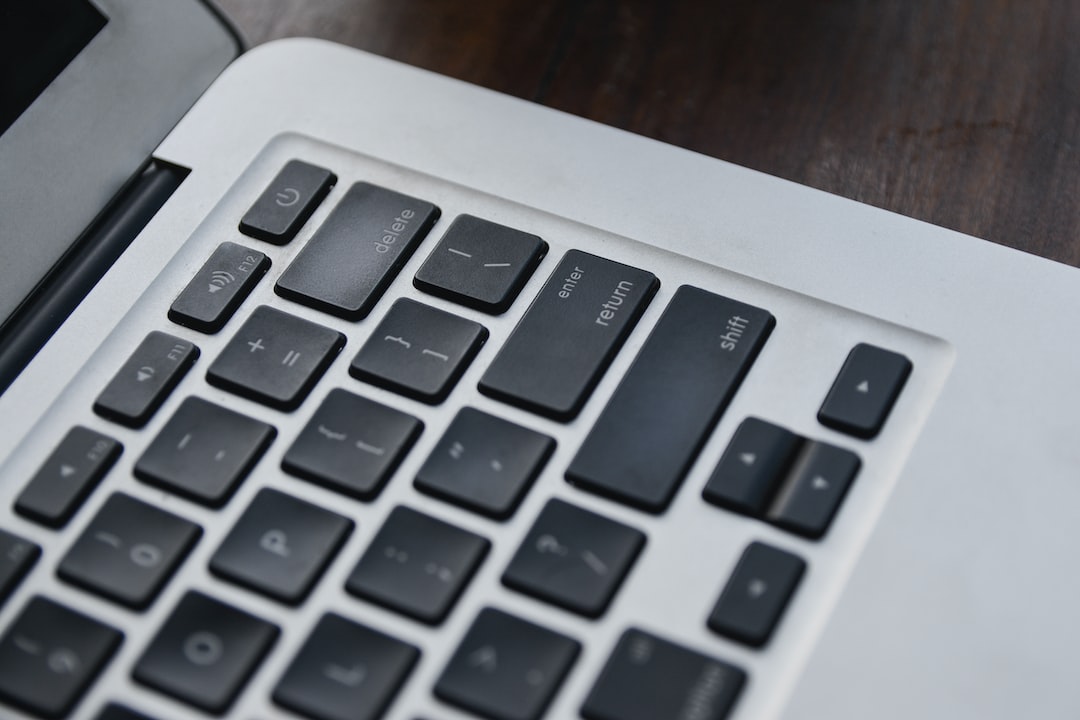Combatting Misinformation: Fact-Checking in the Digital Era
With the rise of the internet and social media, we now have unprecedented access to information. While this has undoubtedly transformed the way we consume news and stay connected, it has also opened the floodgates for misinformation to spread like wildfire. In an age where anyone can publish content online, combating misinformation has become a pressing challenge. And this is where fact-checking steps in to save the day.
Fact-checking is the practice of verifying and validating information, ensuring its accuracy and reliability. It is a crucial tool in combating the rampant spread of misinformation. In today’s digital era, where news spreads faster than ever, fact-checking has become even more vital. Let’s explore why fact-checking is necessary and how it can be effective in today’s digital landscape.
Firstly, the spread of misinformation can have severe consequences. False information can mislead people, shape public opinion, and even incite panic or hatred. It is essential to combat this misinformation by providing accurate and reliable information. Fact-checking plays a significant role in correcting false narratives and ensuring that the truth prevails.
To be effective in the digital era, fact-checking needs to adapt to the rapidly changing landscape of information consumption. Traditional fact-checking methods such as investigative journalism are still relevant, but new approaches have emerged to handle the sheer volume of information available online.
One such approach is collaborative fact-checking. This involves multiple organizations or individuals working together to verify different aspects of a story. Collaborative fact-checking helps in cross-validation and increases the credibility of the information presented. It also helps combat the selective sharing of information by providing a more comprehensive perspective.
Another approach gaining popularity is the use of artificial intelligence (AI) and machine learning algorithms to automate fact-checking processes. AI can analyze large amounts of data in real-time, identify patterns, and highlight potentially false information. This technology has the potential to revolutionize fact-checking by making it more efficient and scalable.
Fact-checking initiatives must also prioritize transparency to build trust with the audience. They need to be clear about their methodology, sources, and biases (if any). By being transparent, fact-checkers can establish credibility and counter the notion of fake news.
While fact-checking is essential, it is equally crucial for individuals to practice critical thinking and media literacy. Everyone should be equipped with the skills to evaluate information critically and identify potential misinformation. Fact-checking platforms also have a role to play in promoting media literacy through educational initiatives. By empowering individuals with the necessary tools, we can foster a society that is more resistant to misinformation.
Social media platforms also carry a significant responsibility in combatting misinformation. They can create policies to actively identify and label false information. By collaborating with fact-checkers and employing AI tools, social media platforms can limit the spread of misinformation and make accurate information more accessible to users.
In conclusion, fact-checking is an essential tool in combatting misinformation in the digital era. It helps ensure the accuracy and reliability of information, preventing the spread of false narratives. Fact-checkers must adapt to the fast-paced and ever-changing digital landscape, leveraging collaborative efforts and new technologies like AI. Individuals also need to develop critical thinking and media literacy skills to navigate the vast sea of information. Lastly, social media platforms should actively combat misinformation through policies and collaborations. Together, we can harness the power of fact-checking to promote a more informed and responsible digital society.

